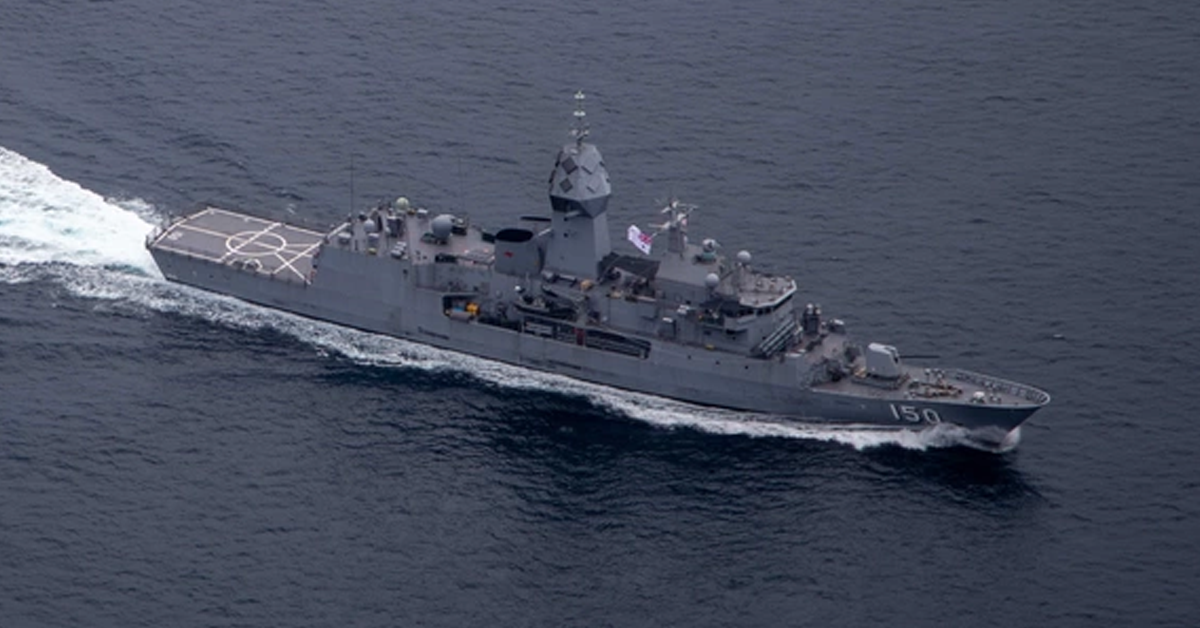Conducting and facilitating cyber operations is one line of effort set forth in the Department of the Navy’s first-ever Cyber Strategy, which was released in November 2023. A key part of this broad objective is “mixing and matching the correct combination of non-kinetic effects,” one of which is electronic warfare, or EW.

Join us at the Potomac Officers Club’s 2024 Navy Summit on August 15 to get an in-depth look at current Navy initiatives. During last year’s event, speeches and panels covered surface warfare modernization, the Flank Speed cloud platform, enduring priorities and more. Click here to access additional information about the event and register to attend.
A notable part of the Navy’s push for EW is the Surface Electronic Warfare Improvement Program, known as SEWIP, which is intended to update the legacy AN/SLQ-32(V) EW system used on Navy ships.
SEWIP is divided into three blocks, the first of which is focused on ship combat systems – both new and existing – and aims to bolster anti-ship missile defense, counter targeting and counter surface capabilities. Block 2 seeks to enhance electronic support antennas and ES receivers and create an open combat system interface for the AN/SLQ-32.
The objective of the third block is to elevate electronic attack capabilities so the system can properly address threats. In the future, a fourth block will target electro-optic and infrared capabilities.
SEWIP is part of a momentous $17 billion initiative to transform Flight IIA destroyers. This comprehensive modernization plan also includes the installation of the AN/SPY-6 air and missile defense radar, which was developed by RTX’s Raytheon business and can combat ballistic missiles, cruise missiles, hypersonic missiles, hostile aircraft and surface ships concurrently.
Modifications made through this program will be tested on four ships: the USS Pinckney, USS James E. Williams, USS Chung Hoon and USS Halsey. USNI News reported that Pinckney has already been outfitted with these upgrades.
The Navy is also experimenting with EW technologies for submarines and aircraft. In December, the service branch awarded an $80 million contract to RTX’s Raytheon business to prototype the consolidated Advanced Electronic Warfare system – a technology designed to combine existing EW systems into fewer components – for the F/A-18 E/F Super Hornet aircraft.
More recently, the Navy issued Lockheed Martin a $111.7 million delivery order under a $970.1 million indefinite-delivery/indefinite-quantity contract to design and test the AN-BLQ-10 submarine EW support system.
Learn more about relevant Navy topics at the 2024 Navy Summit. Register here.




